Man Ray: The Surreal Visionary
From a South Philadelphia upbringing to the avant-garde streets of Paris, Man Ray shaped the very fabric of Dada and Surrealism.
Man Ray, the eldest child of Russian Jewish immigrants, was born in South Philadelphia on August 27, 1890. Ray’s father worked in a garment factory and ran a tailoring business from home, where he enlisted the help of all his children. Though later in life he wished to distance himself from his family, his experience in tailoring had a lasting impact on his art, with art historians often noting the similarities between his collage and painting techniques and those of the tailoring craft.
Related: The 11 Most Expensive Photographers
He started his artistic career in New York as a commercial artist and technical illustrator, and he mainly reproduced 19th-century styles. His enrollment in the Ferrer School in 1912 sparked a period of personal artistic development.
In 1913, he attended the Armory Show, which first introduced him to avant-garde European art. From then on, he began to paint in the Cubist style, and finally began to develop his own style.
Related: The Armory Show: The Exhibition That Changed Everything
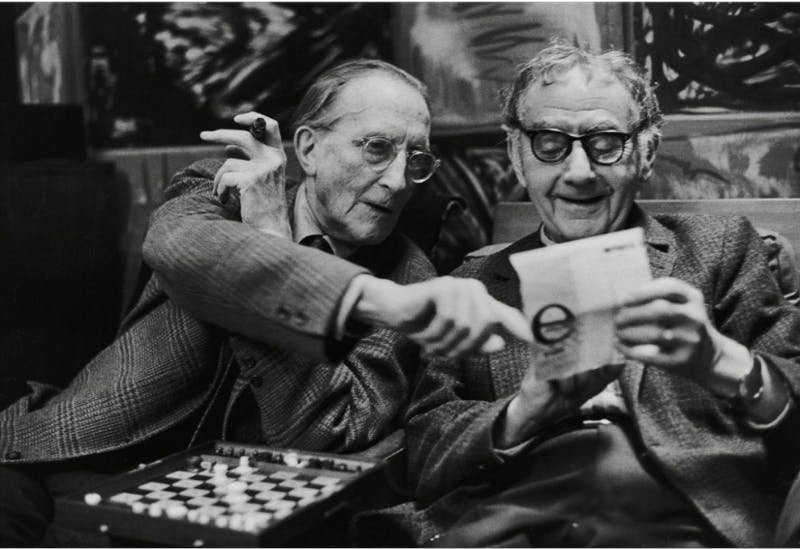
A friendship with Marcel Duchamp, whom he met in 1915, led to their founding of the proto-Dada movement. Alongside Duchamp, who at the time was interested in portraying movement in static paintings, his works also began to depict movement. He initially took up photography in order to document his own works, and produced his first significant photographs in 1918.
Related: The DADA Eccentricity of Elsa von Freytag-Loringhoven
He then wholly dedicated himself to Dada, publishing two periodicals, exploring new photographic techniques and also working with 'readymades' - ordinary objects modified as artworks, which Duchamp later became best known for.
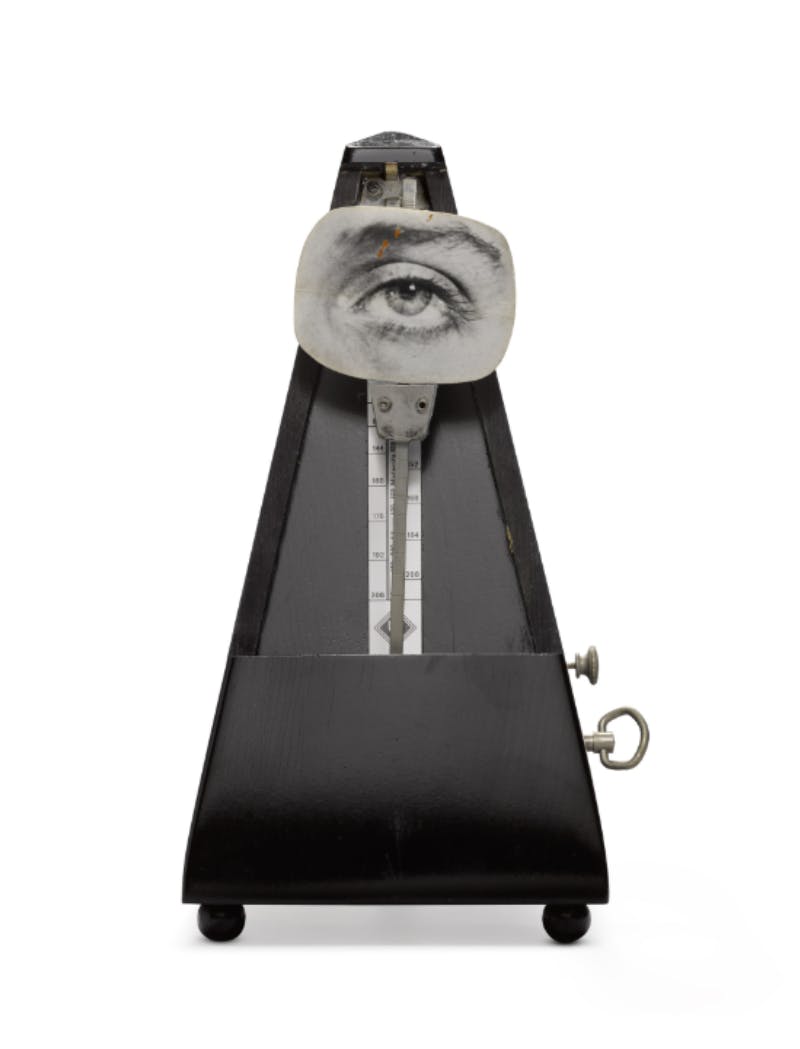
In 1921, he moved to Paris, where he settled in the artistic neighborhood of Montparnasse. There he met Kiki de Montparnasse (whose real name was Alice Prin), and the two fell in love. The couple would spend most of the 1920s together, and Kiki became the model of some of Man Ray’s most famous photographs, including Le Violon d’Ingres, which depicts Kiki's nude back with two f-holes painted on her as to resemble a violin.
Related: The Surrealists and the Subconscious
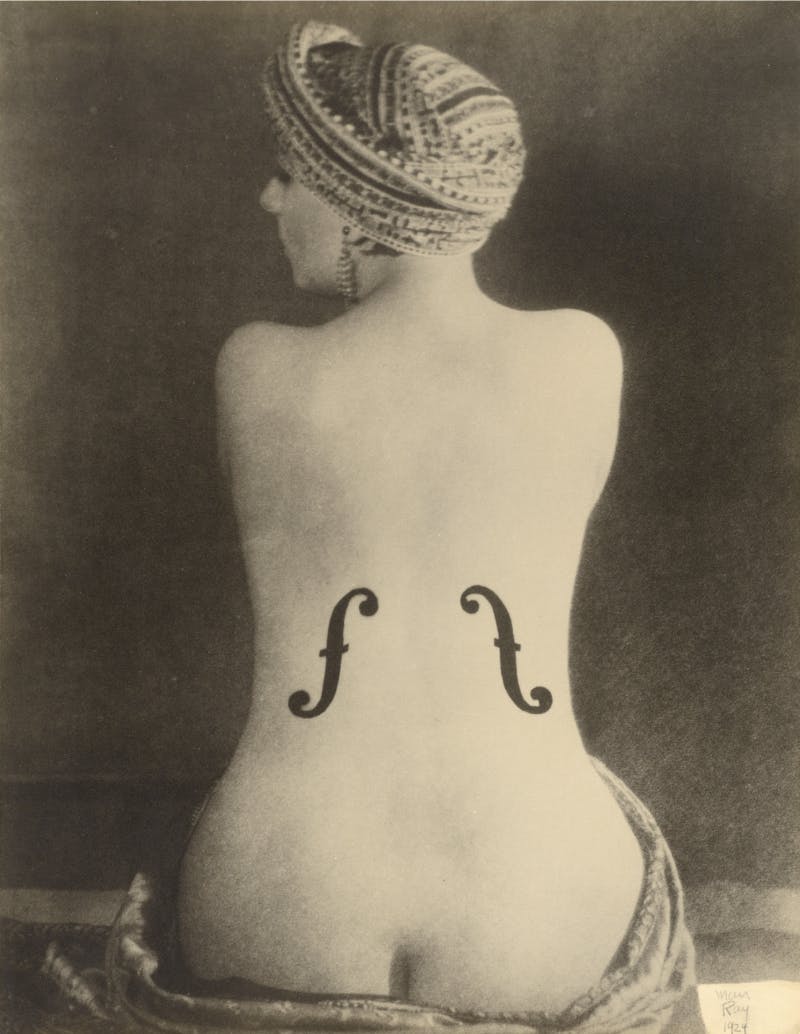
The photograph was shown in 1925 at the first Surrealist exhibition at the Galerie Pierre in Paris, where Man Ray was featured alongside seminal artists such as Max Ernst, André Masson, Pablo Picasso and Joan Miró.
He also became famous for his photographs of African objects displayed in Parisian collections, leading to several famous pictures, including Noire et blanche from 1926, first published in Vogue, which depicts Kiki, her head lying on a table, holding an African mask.
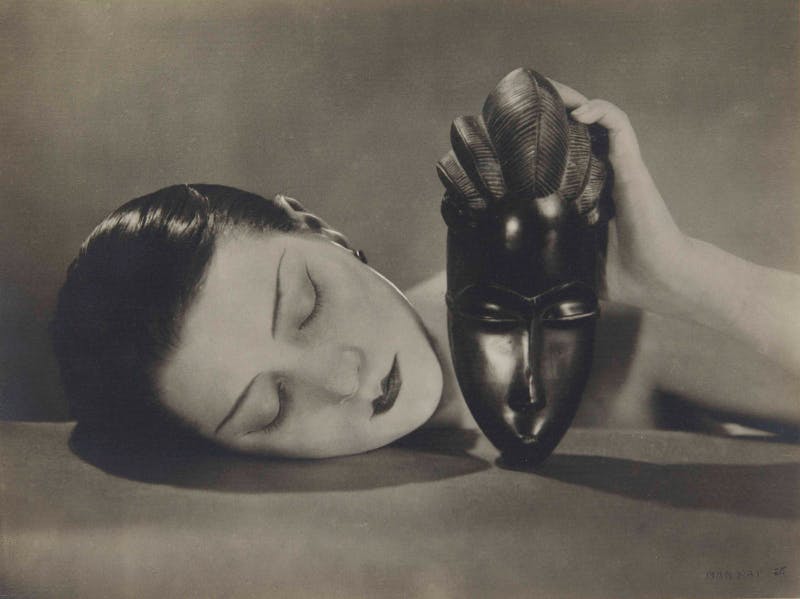
For two decades, Man Ray was one of Paris and Europe’s most-known photographers, and he shot portraits of the art world’s elite, including Peggy Guggenheim, Jean Cocteau, Salvador Dalí and many more.
Related: 6 Artists in Front of the Camera
Ray was forced to leave Paris because of the Second World War and settled in Los Angeles in 1940, where he met Juliet Browner, a trained dancer and artist's model. The two married in 1946 in a double ceremony alongside artist couple Max Ernst and Dorothea Tanning.
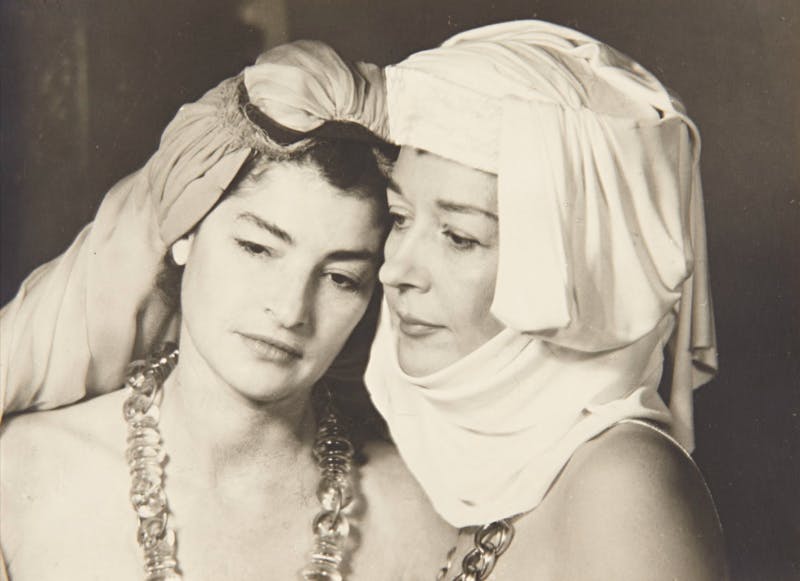
Want articles like this delivered straight to your inbox? Subscribe to our free newsletter!
He returned to Paris after the war and continued to work on his art, including new paintings, collages, art objects and photographs, as well as returning to his earlier projects. He died in 1976 because of a lung infection.


